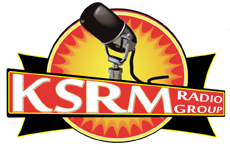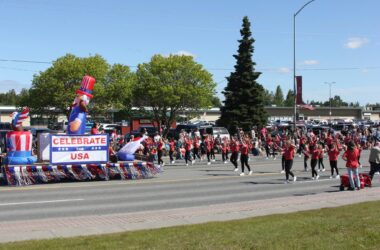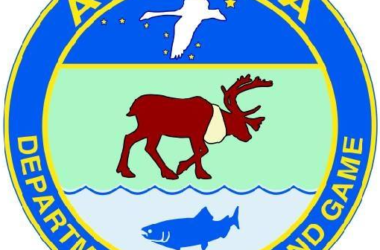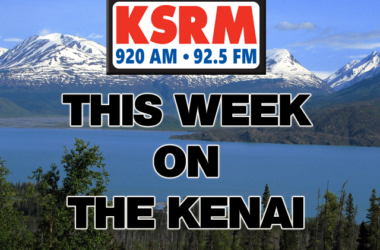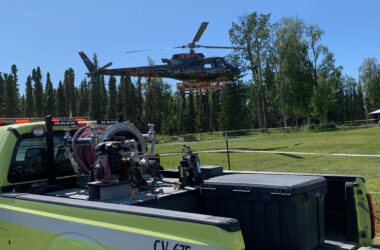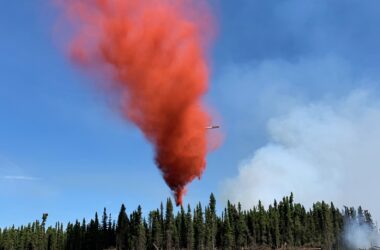The Kenai City Council passed a resolution adopting an alternative allocation method for the FY22 Shared Fisheries Business Tax Program and certifying that the allocation method fairly represents the distribution of significant effects of fisheries business activity in FMA 14: Cook Inlet Area. The city receives revenue from the state for fish tax collected in two methods, the Raw Fish Tax and the Shared Fisheries Business Tax Program.
Finance Director Terry Eubank tells City Council that every year since 1992, all of the communities within FMA 14 have elected the alternative allocation method, which was recommended at the meeting:
“The difference is the funds are allocated in both methods. 50% of the total allocation is allocated to each. They take 50% of the amount to be allocated and divide it equally amongst the communities. It’s the second 50% that has the distinction on how it’s allocated. There’s two methods, which is the method we’re recommending, the alternate allocation method is done based upon population. Communities with higher population get a higher percentage of that remaining half. This year, the two halves are $10,755. Not a lot of money when you’re talking about ten different communities. The other method, which has never been employed in 14 is where each community would have to complete an application and, basically, demonstrate the financial impacts of the fishery on their community. Then, in some way, the state takes all of those applications and creates an allocation based upon the financial impacts.”
The alternate method elected by the Cook Inlet Fisheries Management Area for FY22 will include an equal distribution to one-half the total and the remaining half is distributed based upon population of the community. The ten communities in the area are Anchorage, Homer, Kachemak, Kenai, Kenai Peninsula Borough, Seldovia, Seward, Soldotna, Houston and Palmer.
